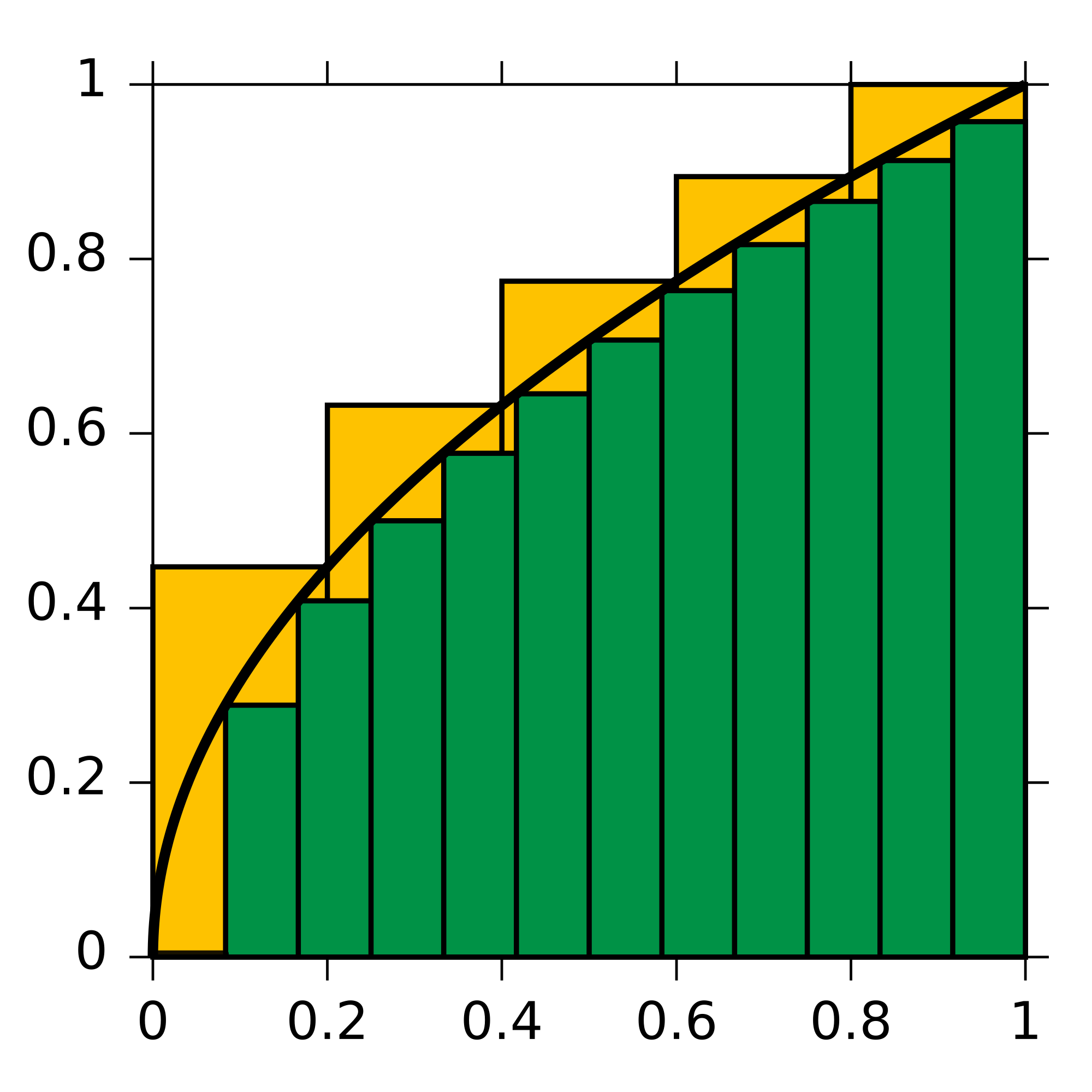bettlejuicegr: Nah. I don't think there ever was any talk about 2 PSUs.
Just how much power a cable of 6 or 8 wires was designed for - And that having an extra connector on the same cable doesn't (necessarily?) mean it was designed to carry twice the power.
So if it's things which require little power maybe it's ok to use the double connectors at the other end.
However if it's a power demanding card or two of them and they would be close to the limit what they mean is to connect two PCI-expres power cables rather than using one cable and the two connectors on it.
I don't remember what was said above but this:
http://www.playtool.com/pages/psuconnectors/connectors.html#pciexpress8
Say 150 watt for an 8-pin PCI-expres cable.
Like this GTX 970 have two connectors 8 + 6 wire:
http://cdn.videocardz.com/1/2014/09/Galaxy-GeForce-GTX-970-GC-4GB-1.jpg
The normal TDP for a GTX 970 is 145 watt. Whatever that mean it's ok to use a 8 wire PCI-express cable with two connectors because the cable was designed for 150 watt I don't know.
Or whatever there's a reason it has two connectors and one should really use two cables because maybe draw occasionally can get higher (or for overclocking purposes?), though I guess it would be good if someone went in here and told whatever one cable with two connectors on the other end will mean it's designed for 300 watt or not.
If nothing else you shouldn't split it even more so you take one PCI-express cable and split each connector and hook up a 295x2 on each.
I shouldn't be answering this I feel =P, but I think it was there in the text and it was about using two cables when so was desired rather than splitting things in whatever way it was done. It was never about using multiple PSUs (multiple rails possibly, )





